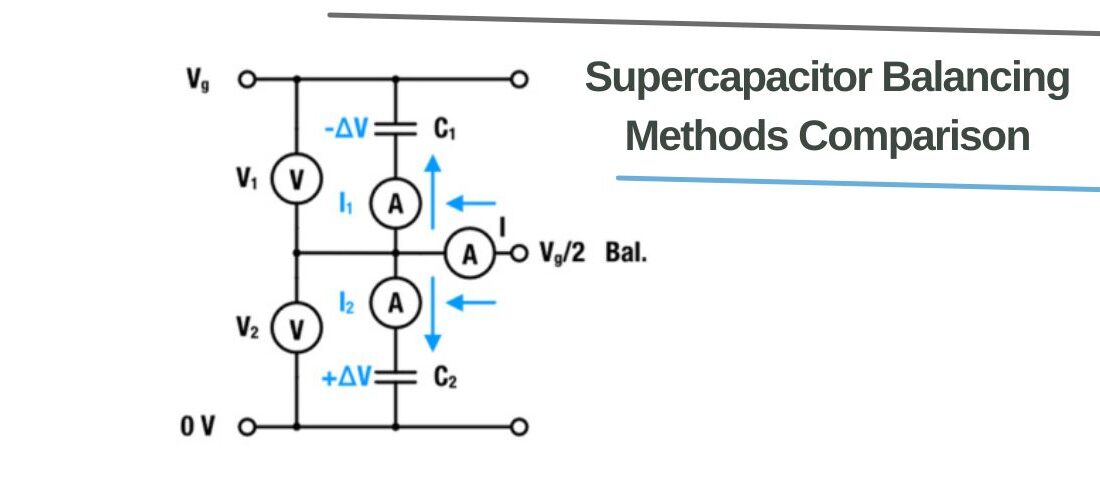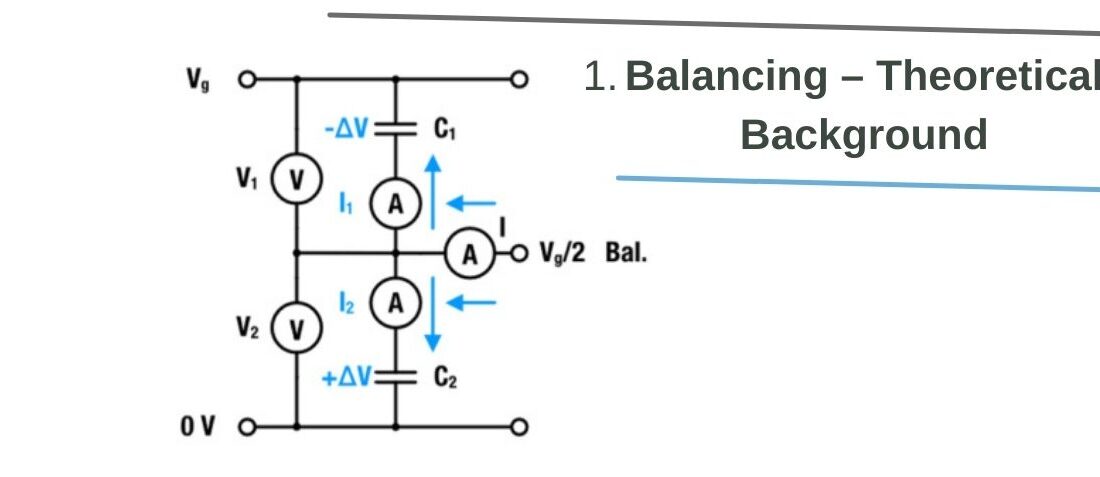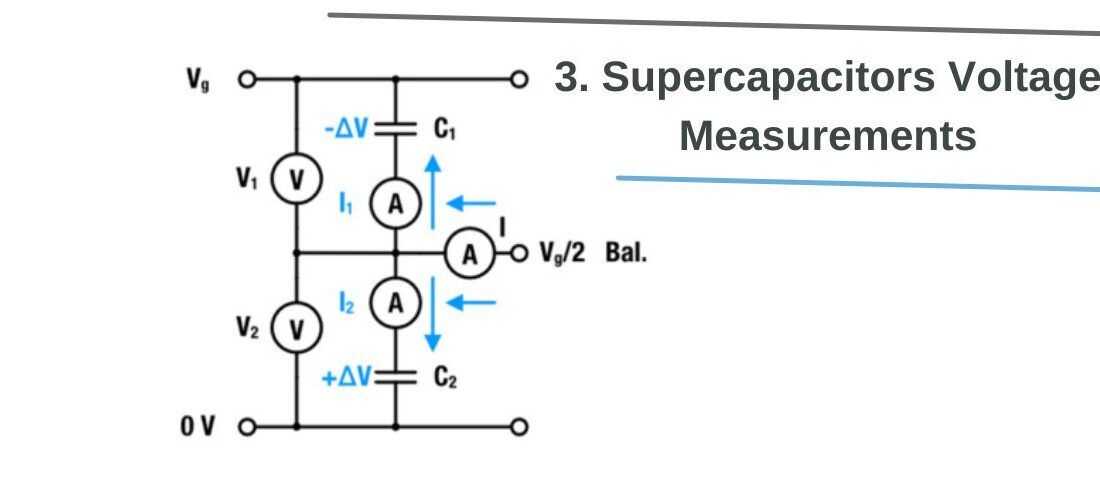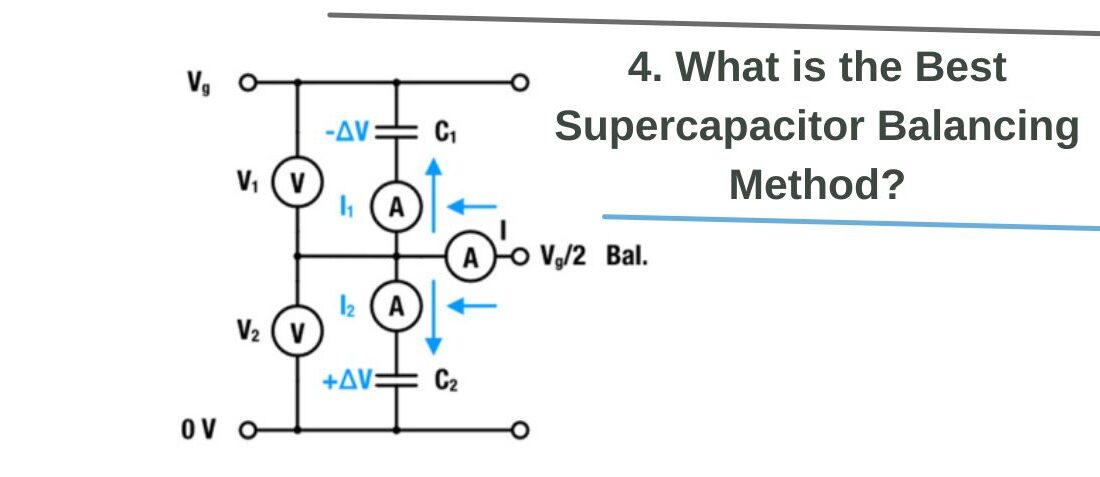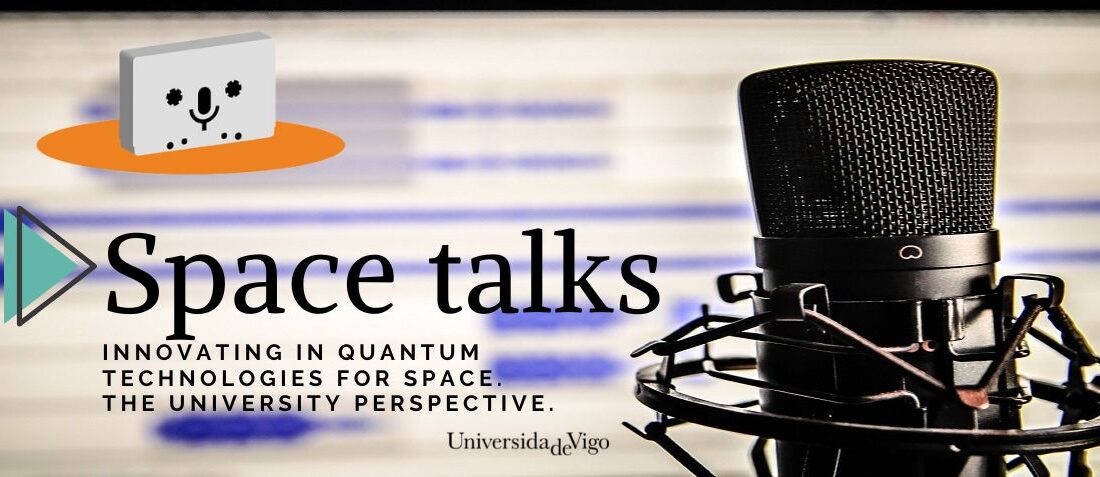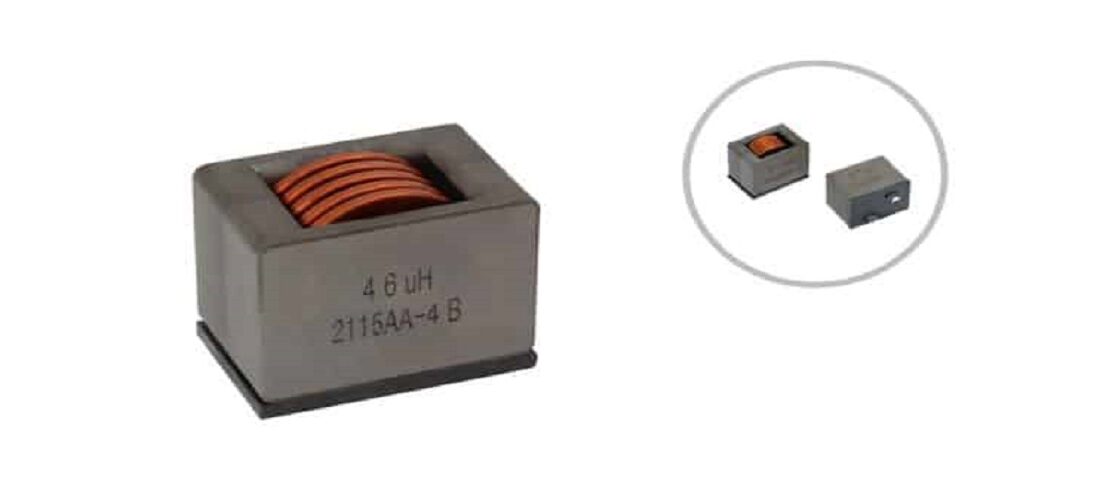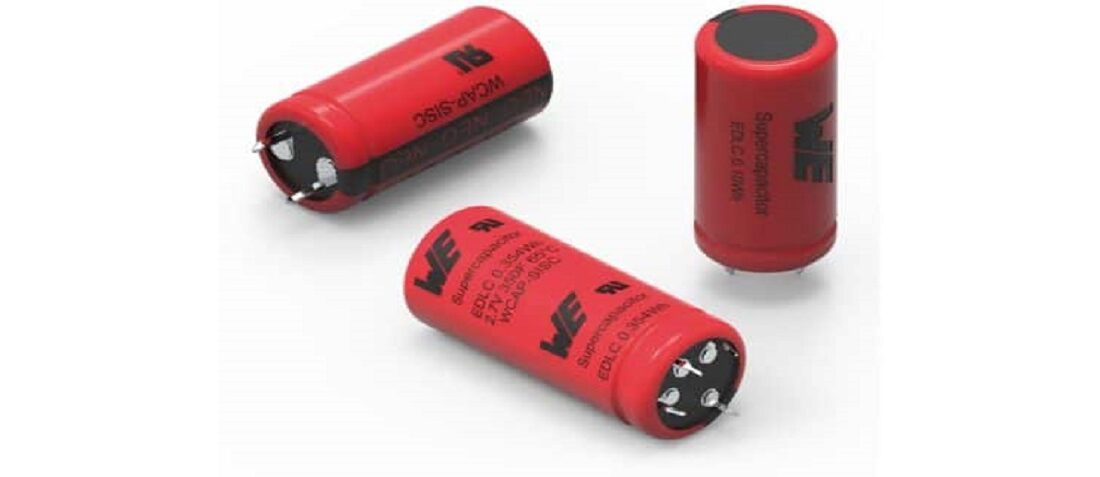Balancing – Theoretical Background
- Posted by doEEEt Media Group
- On February 9, 2023
- 0
A capacitor may be modeled by a parallel connection of an R-C unit and a insulation resistance. For the moment we neglect the insulation resistance and consider a series stack of two capacitors with capacities C1 and C2
Supercapacitors Balancing Strategies
- Posted by doEEEt Media Group
- On February 9, 2023
- 0
Active balancing involves the utilization of actively controlled switches or amplifying systems. [3, 8] Passive balancing utilizes shunts or self-regulating resistors to lower the effect of overvoltage. Compared to passive balancing, active balancing may be fast, in some cases energy efficient but also relatively cost intensive
Supercapacitors voltage measurements
- Posted by doEEEt Media Group
- On February 9, 2023
- 0
The voltage measurements were performed with a self-developed measurement setup, based on the integrated circuit CY8CKIT-059 from PSoC. The data acquisition was utilized with an Excel-script. The measurement setup including the programming of the script were developed by Jon-Izkue Rodriguez from WE eiSos.
What is the Best Supercapacitor Balancing Method ?
- Posted by doEEEt Media Group
- On February 9, 2023
- 0
Balancing with the resistor is the slowest balancing strategy but yields the advantage of low power consumption, low cost, and easy circuit design. Depending on the resistors, it might be suitable for long-term standalone applications. The balancing speed of the Zener diode is moderate. It yields the advantage of relatively low power consumption, low cost, and easy circuit design. The relatively low power dissipation makes it suitable for long term standalone applications.
Webinar: A real life Supercapacitor backup solution
- Posted by doEEEt Media Group
- On February 9, 2023
- 0
If the application's power supply breaks down, this is not a pleasant situation. Würth Elektronik eiSos built up a demonstration showing a hot-swappable backup solution with a size of 10 cm x 18.5 cm (3.94 inch x 7.3 inches).
The input voltage is 24V, and the backup output voltage is 12 V for a normal industrial power rail application. The available output power is 30 W (12 V @ 2.5 A).
We also talk about the classification of Supercapacitors, the model parameters and performance, and the charge-, discharge, and frequency behavior.
SPACE TALKS 8 | Innovating in Quantum Technologies for Space. The University perspective.
- Posted by doEEEt Media Group
- On February 6, 2023
- 0
In this video podcast Francisco J. Díaz Otero, Telecommunications Engineering Professor and Director of QOPHI LAB (Quantum, communication, and Photonic Integration), addresses interesting topics such as the University as the tractor for knowledge and innovation.
High Current, High Temperature Edge-Wound Inductors
- Posted by doEEEt Media Group
- On January 13, 2023
- 0
The edge-wound technology brings high-current capability and inductance stability at high temperature range for applications current up to 128A DC.
Snap-In Supercapacitors
- Posted by doEEEt Media Group
- On January 13, 2023
- 0
The WCAP-SISC EDLC snap-in supercapacitors are available with capacitance values of 100 F and 350 F – this is the perfect solution for applications with high power and high energy requirements, such as UPS or energy storage solutions.
Q&A Webinar – Challenges of Testing of Optoelectronics COTS for Space
- Posted by doEEEt Media Group
- On January 10, 2023
- 0
Answer & Questions Webinar – Challenges of Testing of Optoelectronics COTS for Space
Many participants attended the webinar and asked our speaker a few questions. In this post, you will find all the answers.

